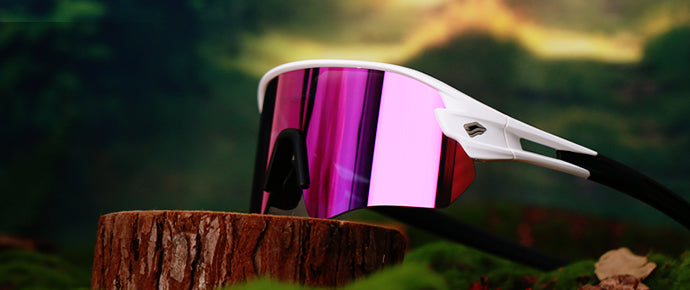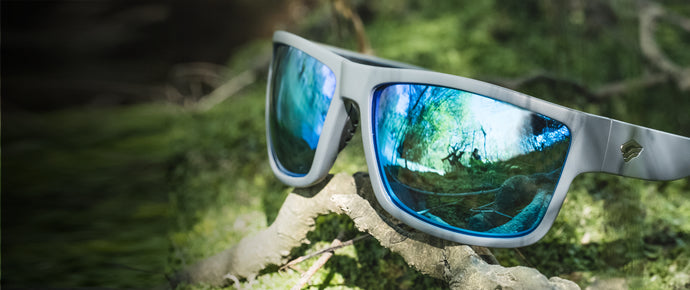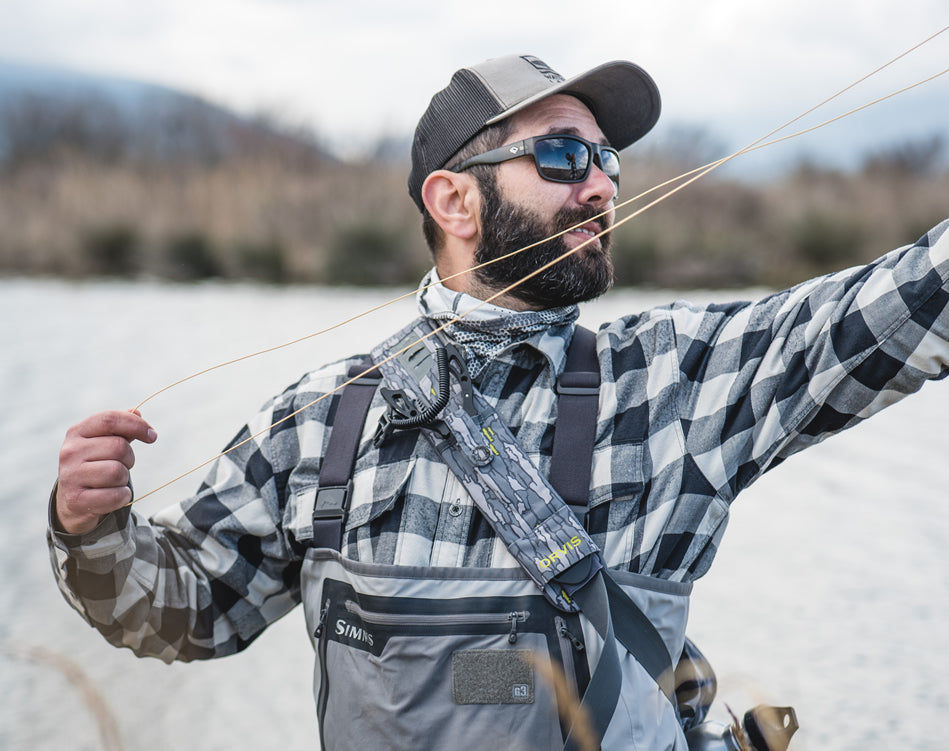No matter what level you are, snowboard goggles are key for a great day on the slopes. They help you see in changing conditions and protect your eyes from the cold and wind. With so many different brands and styles of ski goggles and snow goggles on the market, it can be hard to figure out which pair is right for you.

So, what kind of goggles should you get? Well, that depends on a few factors. Let's start by figuring out how to choose.
How To Choose?
Lens Shapes Of Snow Goggle
A goggle’s lens shape is one of the most important performance and style factors to consider when choosing a new pair of ski or snow goggles. The right lens shape will help you see better on the slopes, while the wrong one can give you a headache. There are three main lens shapes to choose from and each has its advantages and disadvantages, so it’s important to know what to look for when making your decision.
Cylindrical Lenses: Cylindrical Lenses offer great value and work well, but they can cause more glare and slightly reduce your peripheral vision. However, overall they are a good option for skiing and snowboarding. Spherical lens shapes are the best for these activities because they provide a wider field of vision without distorting your view.Spherical Lenses: Even though these lenses are pricier than other options, they provide you with better vision and more confidence. The lenses curve not only across your eyes and face but also vertically. This allows for superior peripheral vision, less distortion, and less glare. Plus, the larger the lens, the greater your peripheral vision.

Ski Goggle Ventilation
One of the most important things to consider when buying a new pair is how well they ventilate. Ski goggles can sometimes fog up when the warm air from your body's heat meets the cold air from the outside temperature. This can make it difficult to see and ski.There are a few different ways that snow goggles can be ventilated. The most common way is to have vents on the top and bottom. The vents on the top of the ski goggles allow the warm air to escape and the vents on the bottom allow the cold air to enter.
Another way that snowboard goggles can be ventilated is to have a Venturi valve. This is a small hole in the side that helps to equalize the pressure inside and outside of the ski goggles.

No matter what ski goggles you choose, make sure that they have good ventilation to avoid fogging.
Visible Light Transmission And Lens Color of Snow Goggle
When you are looking for a new pair of snow goggles, it is important to consider the visible light transmission (VLT) and the lens color. The VLT is the percentage of sunlight that is allowed to pass through the lens and reach your eye. The VLT can range from 0% (no sunlight is allowed through) to 100% (all sunlight is allowed through). The lens color also affects how much light is allowed to pass through. Generally, darker lenses have a lower VLT and lighter lenses have a higher VLT.

The lens color also affects the way you see the world. Different colors can emphasize different colors in your vision. For example, a yellow lens will make the world appear more yellow, while a blue lens will make the world appear bluer. When choosing a lens color for your snow goggles, it is important to consider the VLT and the way you want the world to look.
Additional Lens Features of Ski Goggle
While we all know that ski and snowboard goggles are designed to protect our eyes from the bright sun and flying debris, there are a few additional lens features that can make a big difference in our experience on the slopes. Here are a few things to look for when choosing ski goggles:Polarized Lenses: These lenses reduce glare and help us to see better in bright conditions.
Mirrored Lenses: These lenses help to reduce the amount of sunlight that enters the goggles, making them ideal for bright, sunny days.
Photochromic Lenses: These lenses darken automatically in response to bright light, making them a great option for changeable conditions.
UV protection: It's important to pick a pair that provide 100% UV protection from all UVA, UVB, and UVC ultraviolet rays. Even on cloudy days, UV rays reflected off the snow can damage your eyes.
Interchangeable Lenses: These lenses are perfect for changing light conditions. You can easily adapt to any light situation. Whether it's sunny, cloudy, or somewhere in between, you'll be able to see clearly.
Digital Display: Some snow goggles have a digital display that's helpful for snowboarders. With GPS and Bluetooth, you can have real-time access to performance, navigation, and smartphone information while you're on the go.

Frames And Fit
Choosing the right ski or snowboard goggles is important for a comfortable and enjoyable experience on the slopes. Get a pair that fits your face snugly (but not too tightly), and make sure to try on different Frame shapes to see what works best for you. Some materials are better suited for different temperatures - in general, a more flexible frame is better for colder weather.
Conclusion
Choosing the right pair of snow goggles can be tough, but we're here to help. All of the models reviewed here come highly recommended, so you can't go wrong. Just keep all the tips and features in mind when you're shopping, and you'll be sure to find the perfect pair of goggles for your next ski or snowboard trip!































